If you choose the wrong wheelchair for your fit or needs, you are at risk of secondary wheelchair related injuries. At KARMA we put a lot of emphasis on our users choosing a wheelchair that fits all of their requirements, not only their condition or diagnosis.
Possible secondary wheelchair injuries
Pressure Sores
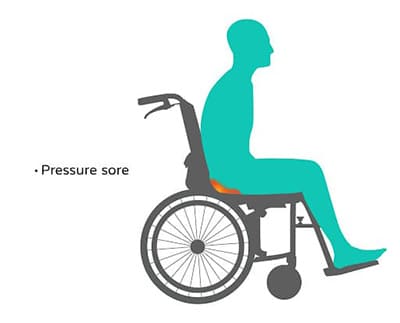
A pressure sore or pressure ulcer is skin damage caused to an area of the body. They can start off as superficial skin redness but develop into tissue loss with exposed bone, tendon, or muscle. You can get these pressure sores when you lie in bed or sit in a wheelchair for too long. The constant pressure blocks the blood supply to your skin and eventually kills the cells to create a sore.
Scoliosis
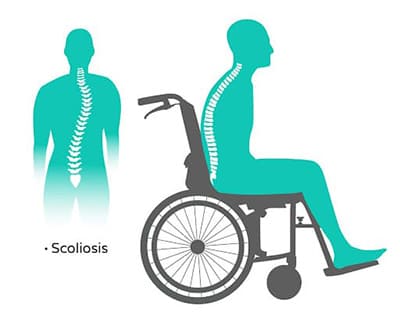
Idiopathic Scoliosis is one of the three different types of scoliosis that causes the spine to develop a curve, with no definite cause.
Neuromuscular Scoliosis is associated with neuromuscular conditions such as cerebral palsy, myopathy or spina bifida.
Functional Scoliosis occurs when poor posture or a leg length difference makes the spine appear curved.
Deltoid Tightness
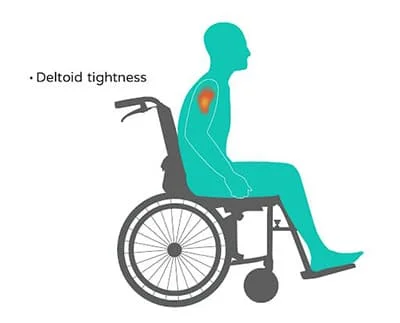

The triceps brachii, the pectoralis major, and the deltoid anterior are believed to be the prime movers during wheelchair propulsion. Often muscle tightness is the result of repetitive movement patterns from daily life or sports and exercise. This kind of injury can leave the user feeling tight or achey for several days and left with a limited range of movement.
Tendinitis
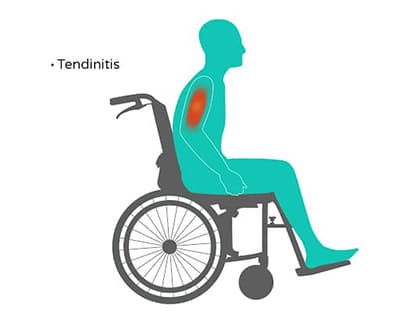
Tendinitis is often caused by repetitive activities and can be extremely painful. Often people begin a new activity or exercise that causes the tendons to become inflamed and irritated. If the tendon does not have a smooth path to glide along, it will be more likely to become irritated and inflamed.
Thoracic Kyphosis
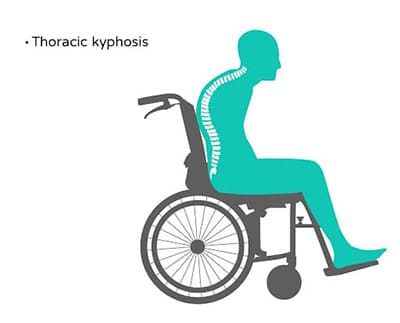
Thoracic kyphosis is a condition in which the upper portion of the back becomes rounded. A condition of this type is beyond the amount of rounding that some people experience due to poor posture. Stiffness or tenderness in the spinal column is very common. This kind of spinal curvature can only be corrected with surgery in extreme cases, and with a high risk of complications.
Choose the right wheelchair
It’s important to choose the right wheelchair to prevent secondary injuries like pressure sores, scoliosis, muscle tightness, tendonitis, or thoracic kyphosis. In the next blog, we will talk about the checklist that KARMA uses to help every wheelchair user find the right wheelchair for them. You can check out the full range of KARMA wheelchairs on the KARMA website.

 Global
Global